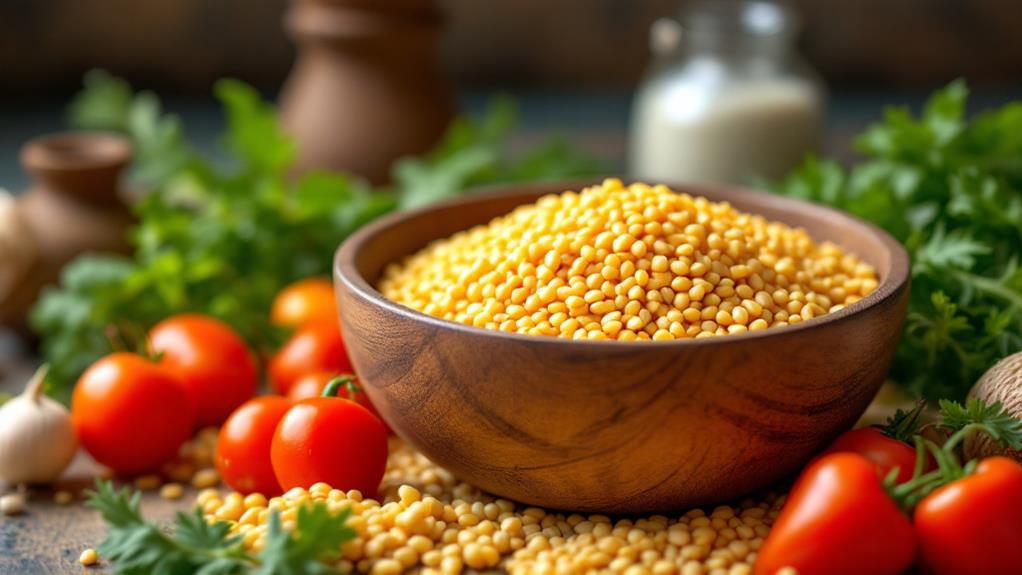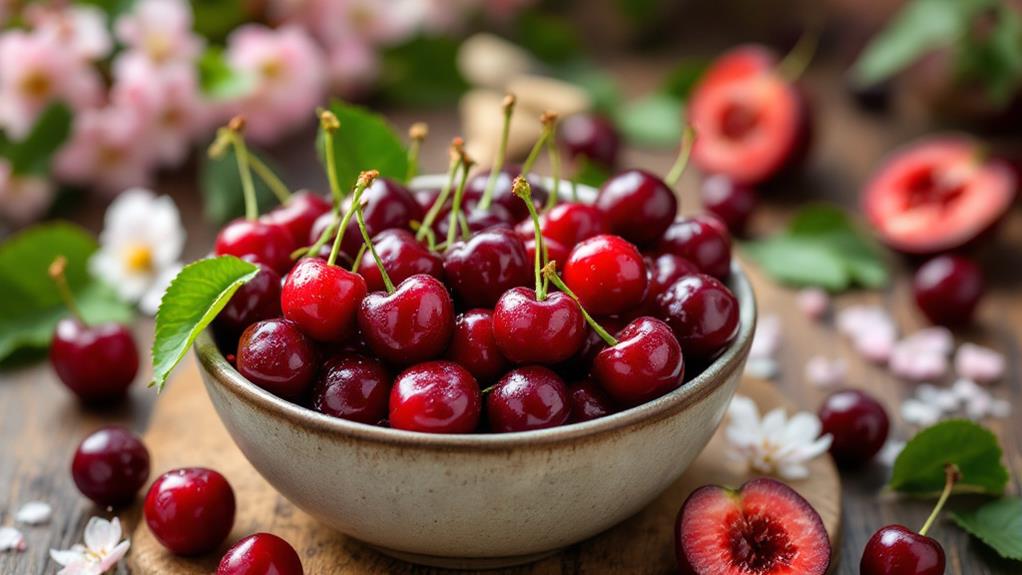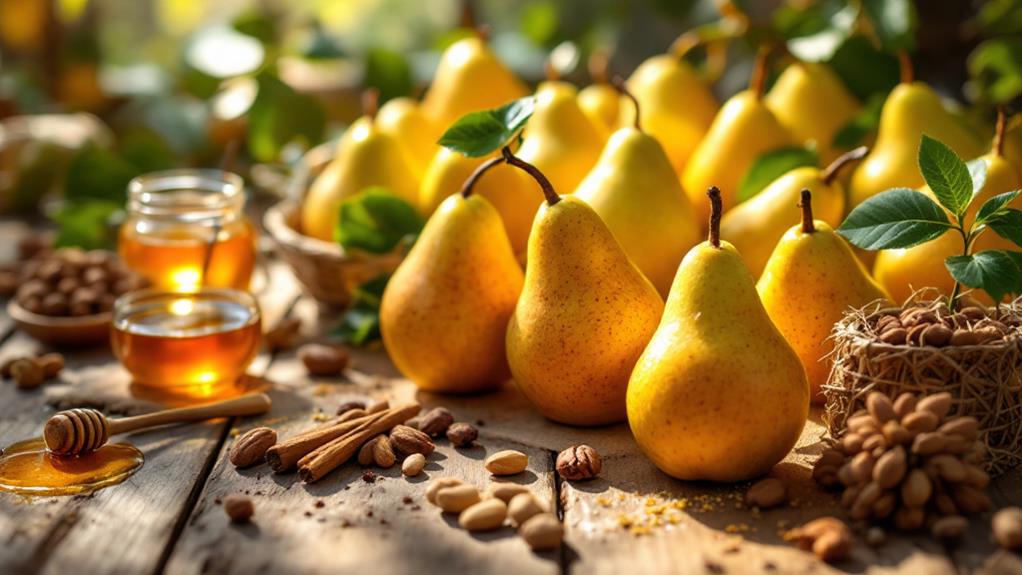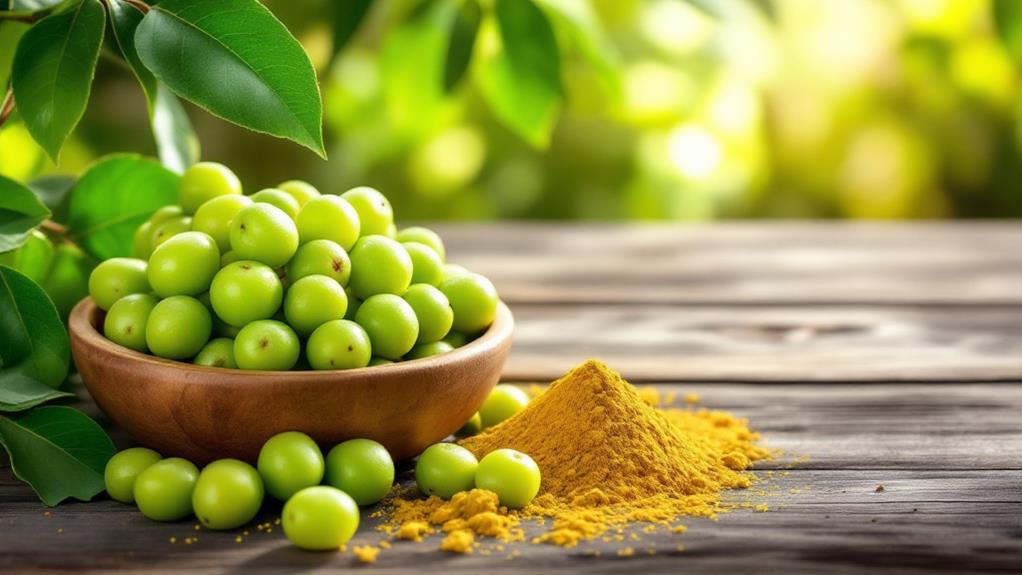Everything About Bay Leaves: Culinary Uses and Health Benefits
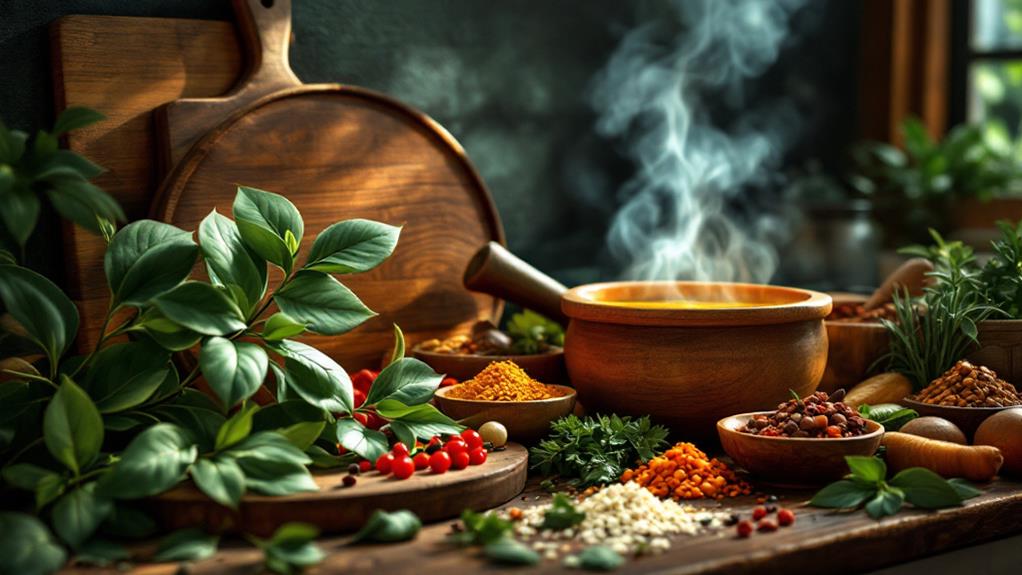
Bay leaves augment your meals with a unique flavor and aroma, becoming a staple in kitchens worldwide. Regardless of whether they're fresh or dried, they add depth to soups, stews, and stocks. When cooking, add them early to optimize their infusion. Besides their culinary perks, bay leaves are packed with vitamins A, B6, C, and minerals like calcium and iron. They offer health benefits like improved digestion, reduced oxidative stress, and potential diabetes management. Remember to remove them before serving to avoid discomfort. Curious about safely using bay leaves and exploring their full potential? There's plenty more to uncover.
Understanding Bay Leaves
Bay leaves are a staple in many kitchens, offering a distinctive herbal flavor and aroma that enrich a wide array of dishes. Derived from the laurel tree, these leaves are available in fresh and dried forms. Fresh bay leaves provide a stronger flavor but have a shorter shelf life, while dried bay leaves can last for years if stored properly. The vital oils in bay leaves contribute considerably to their unique taste, making them indispensable in savory dishes.
When you think about the culinary uses of bay leaves, it is crucial to acknowledge their hard texture, which makes them inedible. Always remove them before serving. Despite this, they hold immense nutritional value, being rich in vitamins A, B6, and C, along with minerals like calcium, iron, and manganese. These nutrients contribute to the health benefits of bay leaves, offering more than just flavor to your meals.
Bay leaves enhance a variety of cuisines, from Indian to Mediterranean and Mexican. Their presence in stews, soups, and sauces underscores their ability to deepen flavors, making them a vital component in your culinary toolkit. Understanding these aspects can raise your cooking and improve your health.
Culinary Uses
Frequently found in kitchens worldwide, bay leaves serve as a flexible ingredient that can improve different dishes. As a culinary herb, they play a significant role in Indian, Mediterranean, and Mexican cuisines. When you're making soups, stews, or stocks, bay leaves can add depth and complexity to the flavors. They're usually added early in the cooking process, allowing their aromatic properties to infuse into the dish. However, remember to remove them before serving, as their tough texture doesn't soften much during cooking.
You're likely familiar with both fresh and dried bay leaves. Fresh ones offer a more robust flavor but have a shorter shelf life, lasting only about a week in the fridge. On the other hand, dried bay leaves are convenient and can be stored for longer. Crushing dried leaves can help you amplify their flavor, making it easier to blend with other herbs.
The crucial oils in bay leaves, particularly 1,8-cineole, give them their distinctive woodsy herbal aroma and slightly astringent flavor. This makes them perfect for improving flavors without overpowering other ingredients. So, next time you're cooking, consider adding bay leaves to raise your dish.
Health Benefits
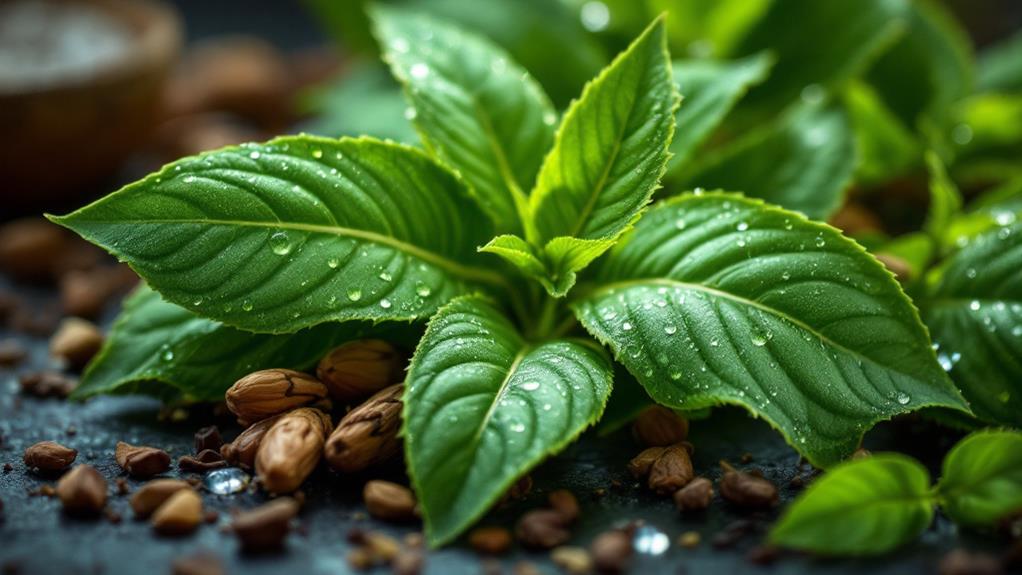
Packed with essential nutrients, bay leaves offer more than just flavor to your dishes. They provide impressive health benefits. Rich in vitamins A, B6, and C, they support your immune system and improve general wellness. Antioxidants found in bay leaves, particularly polyphenols, help reduce oxidative stress, promoting better health and energy.
If you're managing type 2 diabetes, bay leaves might offer some support. Small studies show they can improve glucose and lipid profiles, helping reduce fasting blood glucose and lipid levels. This makes them a natural ally in your health progression. The anti-inflammatory properties of bay leaves, thanks to components like 1,8-cineole, can also help reduce vascular injury and boost your body's anti-inflammatory responses.
Bay leaves have been used traditionally in folk medicine to tackle gastrointestinal issues and respiratory disorders. Though more research is needed, these ancient practices hint at the potential benefits you might experience. Regardless of whether you're seeking to bolster your immune system with vitamins A, B6, and C, or exploring natural ways to manage diabetes and inflammation, bay leaves present a flavorful and healthful enhancement to your diet.
Nutritional Information
When you're looking to improve your meals without adding many calories, bay leaves are a great choice. With just 5.5 calories in a tablespoon, they're a low-calorie supplement that elevates both flavor and nutritional health. Bay leaves are packed with crucial vitamins and minerals. You'll find vitamins A, C, and B6, which are indispensable for maintaining healthy vision, skin, and immune function. These leaves also provide minerals like calcium, iron, and manganese, supporting bone health and metabolic processes.
Bay leaves aren't just about vitamins and minerals. They're rich in antioxidants, particularly polyphenols, which play a role in strengthening your immune system. These antioxidants help combat free radicals, contributing to comprehensive health. Moreover, bay leaves offer small amounts of copper, magnesium, riboflavin, and zinc, further enhancing the nutrient density of your dishes.
The fiber content in bay leaves is another bonus, aiding in digestion and promoting a healthy gut. Including them in your meals can help improve digestive health while keeping your calorie count in check. So, next time you're cooking, consider bay leaves not just for their flavor, but also for their impressive nutritional profile.
Safe Consumption Tips
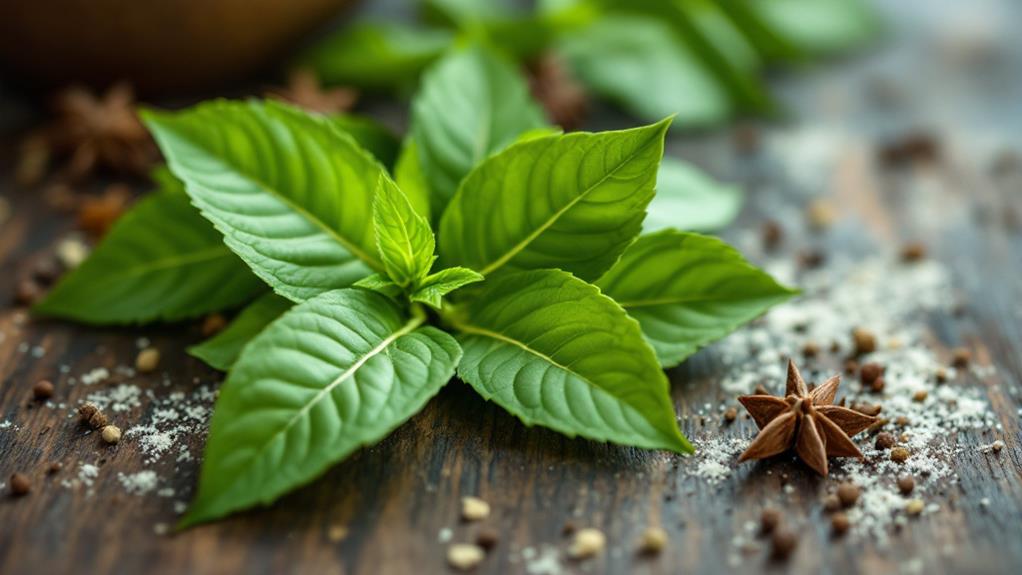
Bay leaves bring a wealth of nutrition to your meals, but it's important to use them wisely to guarantee safe consumption. These aromatic leaves add depth and flavor to your culinary creations, yet their tough texture can lead to gastrointestinal discomfort if ingested whole. To guarantee safe consumption, always remove bay leaves from dishes before serving. While they impart numerous health benefits, they're not meant to be consumed in their entirety.
If you're pregnant or breastfeeding, be cautious with bay leaves as there are limited studies on their safety during these periods. It's better to err on the side of caution and consult a healthcare professional before incorporating them into your diet. Likewise, if you have allergies or sensitivities, start with small amounts to test your tolerance. Allergic reactions are possible, so it's wise to monitor how your body responds.
Additionally, make sure you're using culinary bay leaves and not confusing them with potentially toxic laurel leaves from other species. Correct identification is vital to avoid any adverse effects. By following these tips, you can safely enjoy the aromatic and flavorful benefits of bay leaves in your dishes.

